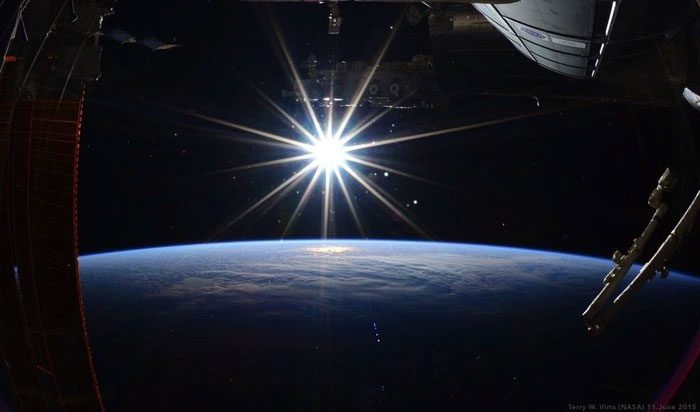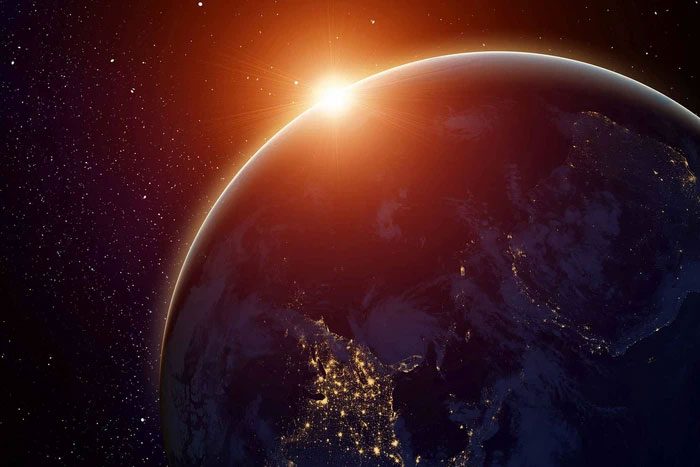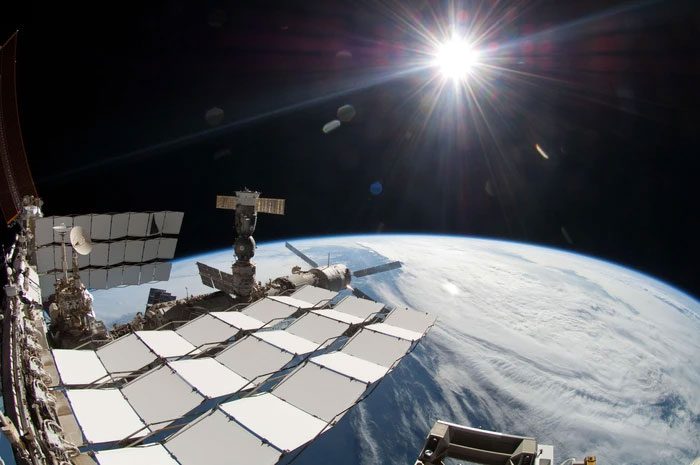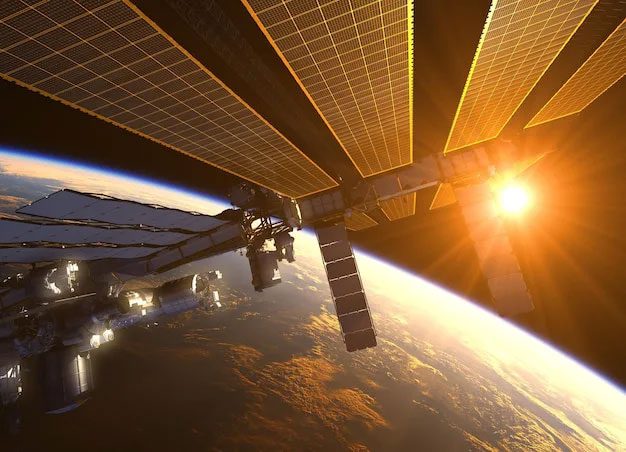The Frequency of Sunrise and Sunset in the Space Station is an Amazing Phenomenon. Compared to average people on Earth, those living in the space station can witness 16 sunrises and sunsets each day.
Astronauts on the space station have life experiences that differ vastly from those on Earth. What they witness daily is not just the universe filled with stars, but also the breathtaking scenes of sunrises and sunsets. But how many times can astronauts on the space station see the sun rise and set in a single day?
The Frequency of Sunrise and Sunset in the Space Station
The frequency of sunrise and sunset in the space station is an astonishing phenomenon. Compared to ordinary people on Earth, those living in the space station can witness 16 sunrises and sunsets each day, making it a unique experience. In the space station, time and space appear to be much more enchanting and mysterious than they are on Earth.

On the space station, each sunrise and sunset is regarded as a special ritual. Astronauts gather by the observation window to gaze at the wonders of space. They feel their existence is connected to the universe. In this closed environment, they can enjoy the most beautiful natural scenery on Earth, the changing clouds, the flow of rivers, and the highs and lows of mountains.
For astronauts in the space station, each sunrise and sunset is a new discovery. They can witness the curve of the Earth and the boundary of the atmosphere firsthand; this experience is not only visually delightful but, more importantly, a profound sense of existence and belonging to the universe. As the sun rises and sets, the astronauts on the space station are not just spectators of this “magnificent performance” but become part of the exploration of the cosmos.
Each sunrise and sunset is a unique moment, and due to the relatively fast rotation of the Earth, the space station can experience many sunrises and sunsets each day. Throughout this continuous change, astronauts on the space station can feel the passage of time and the rhythm of the universe.
When the sun rises, its rays gradually penetrate the atmosphere, illuminating the shell of the space station and brightening the astronauts’ working space. At sunset, the last light of the sun casts various colors and intensities on the space station, bringing warmth and tranquility to the astronauts.

By witnessing 16 scenes of sunrise and sunset each day, astronauts can experience the endless beauty of Earth and the vastness of the universe. In their eyes, the space station is not only a scientific research facility but also a means for humanity to gain deeper insights into the enormity and mysteries of the universe.
Besides the visual spectacle, the sunrises and sunsets in the space station also provide physical and psychological benefits for the astronauts. According to scientific research, sunlight has significant effects on human physical and mental health. By observing the rise and set of the sun, astronauts can regulate their biological clocks, improving sleep quality and mood. Additionally, sunlight can stimulate the body’s synthesis of vitamin D, helping to regulate mood, which is very beneficial for astronauts during long durations in space.
Reasons for Multiple Sunrises and Sunsets in the Space Station
The space station is an artificial satellite orbiting Earth at a high speed. Due to its relatively fast speed, it orbits the Earth dozens of times each day, allowing astronauts to enjoy many magnificent sunrises and sunsets daily. Conversely, the opportunity to observe sunrises and sunsets on the ground is much less frequent, as we typically have only one chance to witness each daily event.

The speed of Earth’s rotation remains constant during the operation of the space station. However, the high speed of the space station orbiting the Earth causes astronauts to move faster than the Earth’s rotation, thus they experience sunrises and sunsets more frequently. The effect of this change in motion results in an increased frequency of sunrises and sunsets in the space station, allowing astronauts to witness this celestial spectacle more often.
According to the theory of relativity, time changes slightly when there are differences in speed. In the space station, due to its high-speed orbit around the Earth, astronauts experience a time flow phenomenon that is slightly different from that on Earth. Therefore, astronauts on the space station will experience more sunrises and sunsets each day than those on the ground.
The Special Scenery of Sunrise and Sunset in the Space Station
The rainbow effect on Earth is a magnificent optical phenomenon caused by the refraction, reflection, and scattering of sunlight passing through suspended water droplets in the atmosphere. When sunlight passes through and interacts with the water droplets in the atmosphere, colorful halos are formed. During this process, light is divided into different frequency colors, creating a rainbow.
However, in space, there is no atmosphere, and thus no clouds or water droplets to facilitate rainbow formation. Sunlight travels directly through space without any optical phenomena such as refraction, reflection, and scattering after the light enters the water droplets. Therefore, the sunrises and sunsets in space are purely unfiltered rays without any rainbow effects.

The unique landscapes of sunrises and sunsets in the space station not only bring joy to the astronauts but also inspire them in scientific research. By observing the behavior of the sun in the space station, astronauts can study related phenomena such as solar radiation and the relative motion of the sun and Earth, providing essential data for the study and exploration of Earth and space.
Although sunrises and sunsets in the space station do not feature rainbows, they provide astronauts with a unique sensation. At the moment the sun rises in the space station, astronauts can witness the beauty of the sun rising from behind the Earth. As the sun rises, the space station is gradually illuminated by sunlight, and astronauts can feel the warmth and energy from the sun. Simultaneously, at sunset in the space station, the sun gradually dips behind the Earth, plunging the entire space station into darkness, allowing astronauts to perceive the rhythm of day and night.


















































